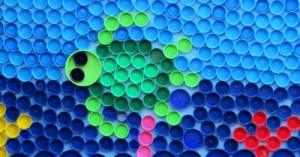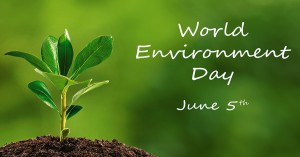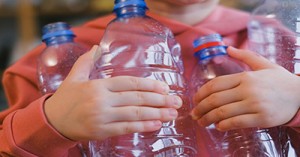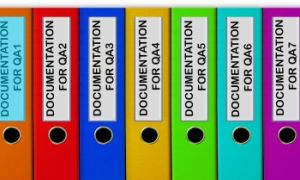Sustainability in early childhood education is an important part of keeping a natural and clean environment and should be incorporated into each and every service setting.
There are 5 different sustainability checklists altogether which covers a key environmental area. The following checklists are available to download:
1) "Sustainability Checklist - Air" includes services checking ventilation such as fans and air vents, areas of moisture are repaired, the environment dust free and the use of public transport is encouraged.
2) "Sustainability Checklist - Waste" provides checks to ensure that the centre is minimising their waste consumption. This includes buying shopping in bulk, the use of recycling materials throughout the centre as well as reducing water in the kitchen area.
3) "Sustainability Checklist - Water" helps centres to identify and explore ways of minimising water consumption. Saving water throughout the centre includes making sure that taps are not dripping, toilets are not constantly run, rainwater is collected etc.
4) "Sustainability Checklist - Chemicals" identifies if the centre is reducing and storing hazardous chemicals within the service. This includes products used that does not contain harmful chemicals, recycled materials are non toxic, foods with additives and food colouring is avoided and so on.
5) "Sustainability Checklist - Energy" enables centres to determine if they practice energy saving. Checking if lights and appliances are switched off when not in use, using natural lighting where possible, A/C's and heaters are working efficiently are all part of saving energy.
These checklists are intended for services to become aware of their performance and work practices within key environmental areas. It enables the centre to plan and implement changes in order to develop good environmental practices throughout the centre.







 Here is the list of the EYLF Learning Outcomes that you can use as a guide or reference for your documentation and planning. The EYLF
Here is the list of the EYLF Learning Outcomes that you can use as a guide or reference for your documentation and planning. The EYLF The EYLF is a guide which consists of Principles, Practices and 5 main Learning Outcomes along with each of their sub outcomes, based on identity,
The EYLF is a guide which consists of Principles, Practices and 5 main Learning Outcomes along with each of their sub outcomes, based on identity, This is a guide on How to Write a Learning Story. It provides information on What Is A Learning Story, Writing A Learning Story, Sample
This is a guide on How to Write a Learning Story. It provides information on What Is A Learning Story, Writing A Learning Story, Sample One of the most important types of documentation methods that educators needs to be familiar with are “observations”. Observations are crucial for all early childhood
One of the most important types of documentation methods that educators needs to be familiar with are “observations”. Observations are crucial for all early childhood To support children achieve learning outcomes from the EYLF Framework, the following list gives educators examples of how to promote children's learning in each individual
To support children achieve learning outcomes from the EYLF Framework, the following list gives educators examples of how to promote children's learning in each individual Reflective practice is learning from everyday situations and issues and concerns that arise which form part of our daily routine while working in an early
Reflective practice is learning from everyday situations and issues and concerns that arise which form part of our daily routine while working in an early Within Australia, Programming and Planning is reflected and supported by the Early Years Learning Framework. Educators within early childhood settings, use the EYLF to guide
Within Australia, Programming and Planning is reflected and supported by the Early Years Learning Framework. Educators within early childhood settings, use the EYLF to guide When observing children, it's important that we use a range of different observation methods from running records, learning stories to photographs and work samples. Using
When observing children, it's important that we use a range of different observation methods from running records, learning stories to photographs and work samples. Using This is a guide for educators on what to observe under each sub learning outcome from the EYLF Framework, when a child is engaged in
This is a guide for educators on what to observe under each sub learning outcome from the EYLF Framework, when a child is engaged in The Early Years Learning Framework describes the curriculum as “all the interactions, experiences, activities, routines and events, planned and unplanned, that occur in an environment
The Early Years Learning Framework describes the curriculum as “all the interactions, experiences, activities, routines and events, planned and unplanned, that occur in an environment


